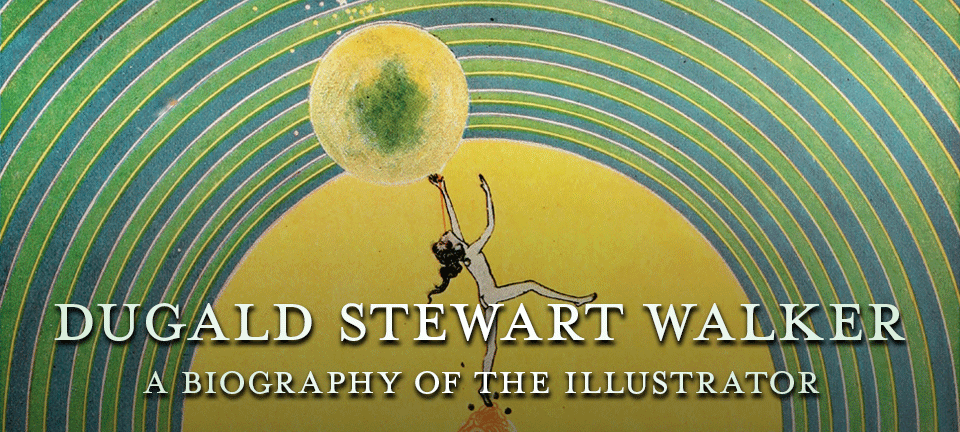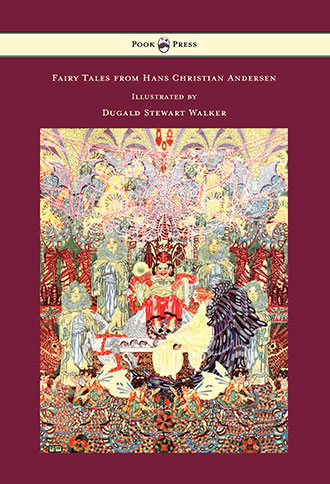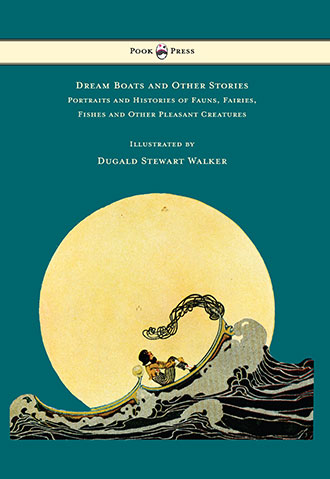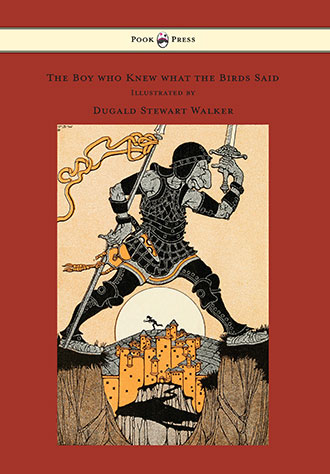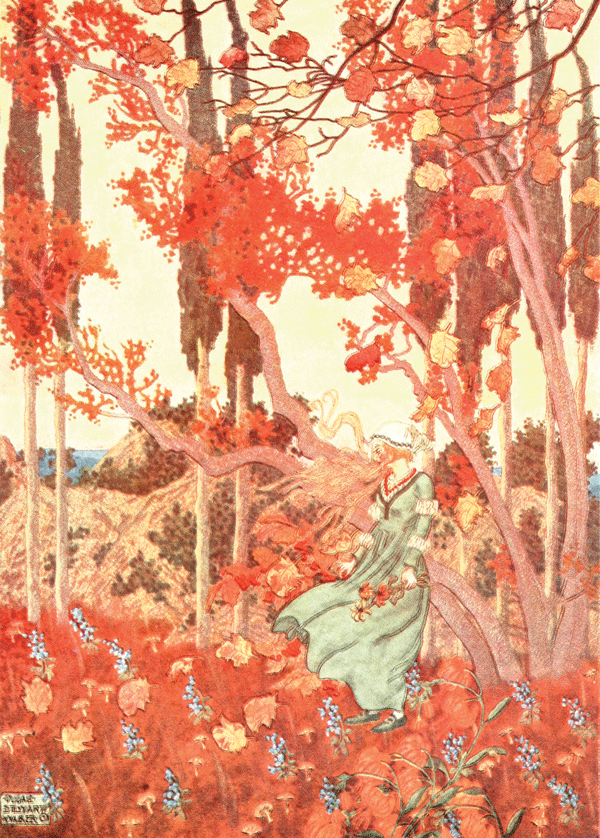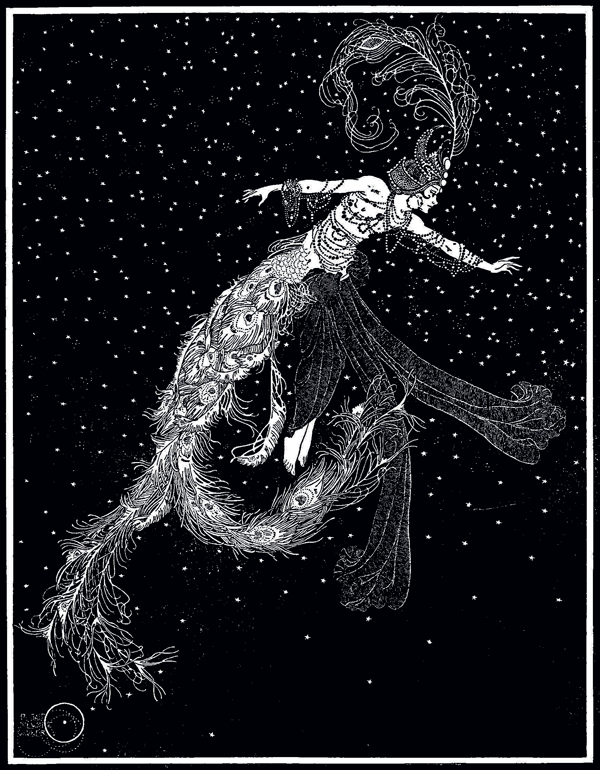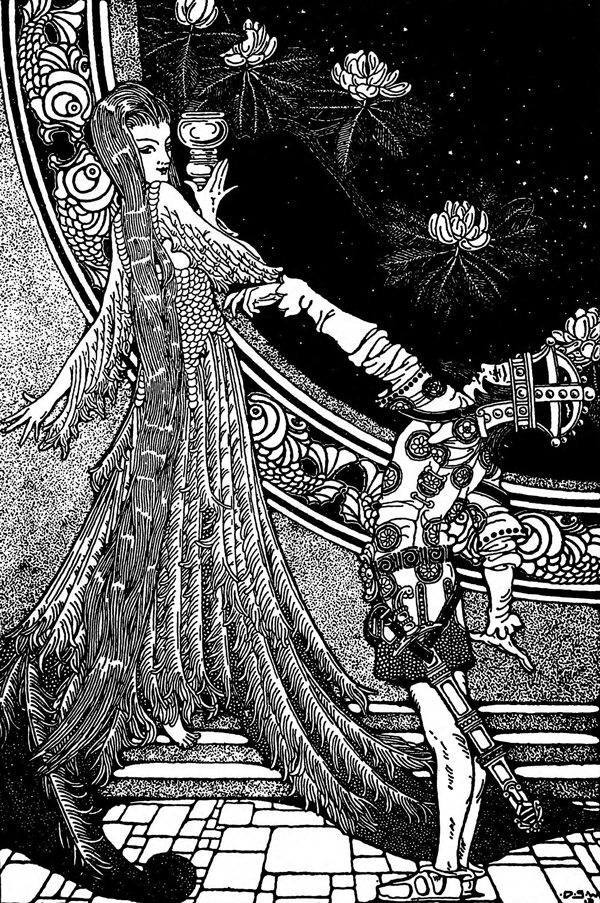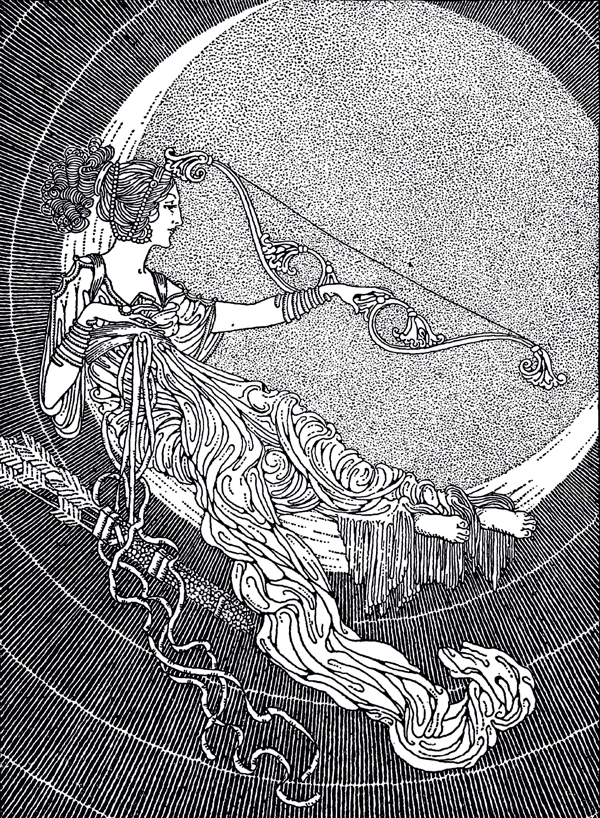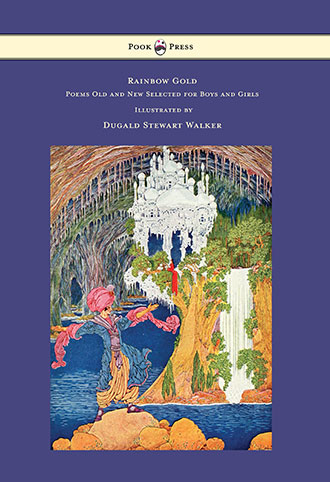Dugald Stewart Walker Biography
Dugald Steward Walker was born in 1883 in Richmond, Virginia. After being unsuccessful as an insurance salesman and deciding to pursue a career in illustration, Walker studied drawing at the University of Virginia and, later, at the New York School of Art.
A veritable eccentric who styled himself artistically and culturally after the British aesthetes of the previous generation, Walker became famous both at home and abroad in the late 1920s as a talented and critically acclaimed children’s book illustrator.
SELECTED BOOKS
His first serious collection of illustrations were published in Stories for Pictures (1912). Mackay said of Walker in the Foreword of that book:
“Dugald Stewart Walker, a new artist of remarkable talent, suggesting Rackham and Dulac but entirely original in spirit and execution.”
Perhaps walker’s most significant work as an illustrator of children’s books was his contributions to Hans Christian Andersen‘s 1914 volume, Fairy Tales. Walker’s beautiful drawings arguably played a significant role in the success of the book, and furnished him with a constant stream of commissions thereafter. In the Foreword to Fairy Tales, Walker said this of his work:
“I have never been anywhere except Richmond, Virginia, and New York, because I have always been told that only grown-up people were allowed to travel. But the good East Wind and the kindly Moon have taken me on rapturous journeys high above the world to get an enchanted view of things. In this book I have put some of my discoveries, but if you are looking here for real likeness of the things that any one could see if he were grown up, you had better close the covers now. You cannot expect me to draw an exact picture of the North Pole or of a Chinese lady’s feet or of a sea-cucumber. But if you are interested in what the East Wind or the Father Stork or the Moon told me, then look with my eyes and you will not mind very much if the courtiers in the ogre’s court, or the dock leaves in the Garden of Paradise, are not just as a grown-up person thinks they should be. After all is said and done, what the young ones say about it is the all-important matter.”
Walker continued to enjoy popularity for his work in the galleries of Europe, but was less successful at home in Richmond, which was itself increasingly suffering due to the effects of the Depression. Despite this, he remained one of the most sought-after designers of bookplates in both New York and Richmond. His monochromatic productions were similar to the work of Aubrey Beardsley, and were usually highly personalised for his clients—often featuring iconography related to his clients’ appearances and occupations coupled with modernist heraldic designs.
In 1918 Walker tried his hand at writing and published a collection of fairy tales under the title Dream Boats: And Other Stories, and also illustrated Padraic Colum’s children’s story The Boy Who Knew What the Birds Said in the same year. In 1924 The Dust of Seven Days was published, a short story that he dedicated to Charles White Whittlesey. Inside it featured an elaborate illustration of Mr Valiant-for-Truth from The Pilgrim’s Progress in transit to heaven—an apposite image considering the book’s dedication.
Walker’s illustrations are best remembered for the lavish, magical realm that they frequently described. Wonderfully vibrant and often featuring mythical creatures, knights on horseback, and elaborate pleasure gardens, it is no wonder that he is one of the most highly-celebrated illustrators of children’s books.
Walker died in 1937. He is buried at Hollywood Cemetery in Richmond, Virginia.
SELECTED BOOKS

